5th Grade Density Worksheets
Are you searching for worksheets that will help your 5th grade students understand the concept of density? Look no further! Our collection of 5th grade density worksheets is designed to engage young learners and reinforce their understanding of this scientific concept. From calculating density to identifying objects with different densities, these worksheets cover a range of topics to cater to the learning needs of your students.
Table of Images 👆
More 5th Grade Worksheets
5th Grade Math Worksheets PrintableMultiplication Worksheets for 5th Grade
Constitution Worksheets for 5th Grade
Coordinates Worksheets 5th Grade
United States Worksheets 5th Grade
Free Division Worksheets for 5th Grade
Poetry Terms 5th Grade Worksheets
5th Grade Social Studies Printable Worksheets
What is density?
Density is a measure of how much mass is contained in a given volume of a substance. It is commonly calculated by dividing an object's mass by its volume. The denser a substance is, the more mass it has in a specific volume, and therefore the more tightly packed its particles are.
How is density calculated?
Density is calculated by dividing an object's mass by its volume. The formula for density is: Density = Mass/Volume. This calculation helps determine how much mass is packed into a certain amount of space, providing a measure of how tightly molecules are packed together within an object.
What are some common units used to measure density?
Some common units used to measure density include kilograms per cubic meter (kg/m^3), grams per cubic centimeter (g/cm^3), and pounds per cubic inch (lb/in^3).
Give an example of a substance with high density.
Gold is an example of a substance with high density. Gold has a density of 19.32 grams per cubic centimeter, making it much denser than most other common materials.
Give an example of a substance with low density.
An example of a substance with low density is helium gas. Helium has a very low density compared to other gases and is lighter than air, which is why it is commonly used in balloons to make them float.
How does temperature affect the density of a substance?
Temperature affects the density of a substance by changing the average spacing between its particles. When a substance is heated, its particles gain kinetic energy and move faster, causing them to occupy a larger volume. This results in a decrease in density as the same mass now occupies more space. Conversely, as a substance is cooled, its particles slow down and move closer together, leading to an increase in density as the same mass now occupies less space.
How does pressure affect the density of a substance?
Pressure can affect the density of a substance by compressing its molecules closer together, thereby decreasing the volume of the substance. This increase in pressure causes the substance to become more compact, leading to an increase in its density. Conversely, reducing the pressure on a substance allows its molecules to spread out more, which then decreases the substance's density.
What is the relationship between mass and volume in determining density?
Density is defined as the mass of an object per unit volume. Therefore, the relationship between mass and volume in determining density is straightforward: as mass increases while volume remains constant, density will also increase. Conversely, as volume increases while mass remains constant, density will decrease. Ultimately, density is a measure of how much mass is present in a given volume, making it a crucial characteristic for understanding and comparing different materials.
Describe how to measure the density of an irregularly shaped object.
To measure the density of an irregularly shaped object, first weigh the object on a scale to determine its mass. Next, fill a graduated cylinder with water and record its initial volume. Gently lower the object into the water, making sure it is fully submerged, and record the new volume of water in the cylinder. Subtract the initial volume from the final volume to find the volume of the object. Finally, divide the mass of the object by its volume to calculate its density.
How can the density of a mixture be calculated?
The density of a mixture can be calculated by taking the total mass of the mixture and dividing it by the total volume of the mixture. This can be represented by the formula: Density = Mass/Volume. By measuring the mass and volume of all the components present in the mixture and then combining them, you can determine the overall density of the mixture.
Have something to share?
Who is Worksheeto?
At Worksheeto, we are committed to delivering an extensive and varied portfolio of superior quality worksheets, designed to address the educational demands of students, educators, and parents.





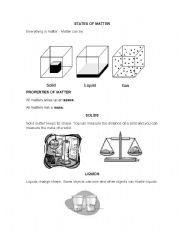
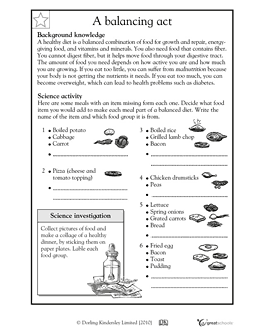
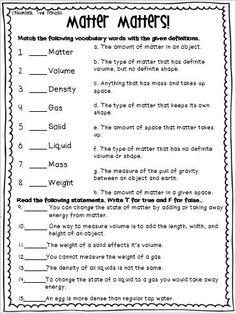
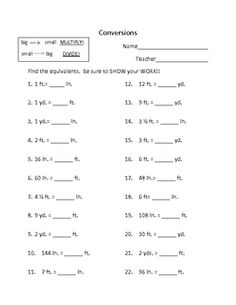
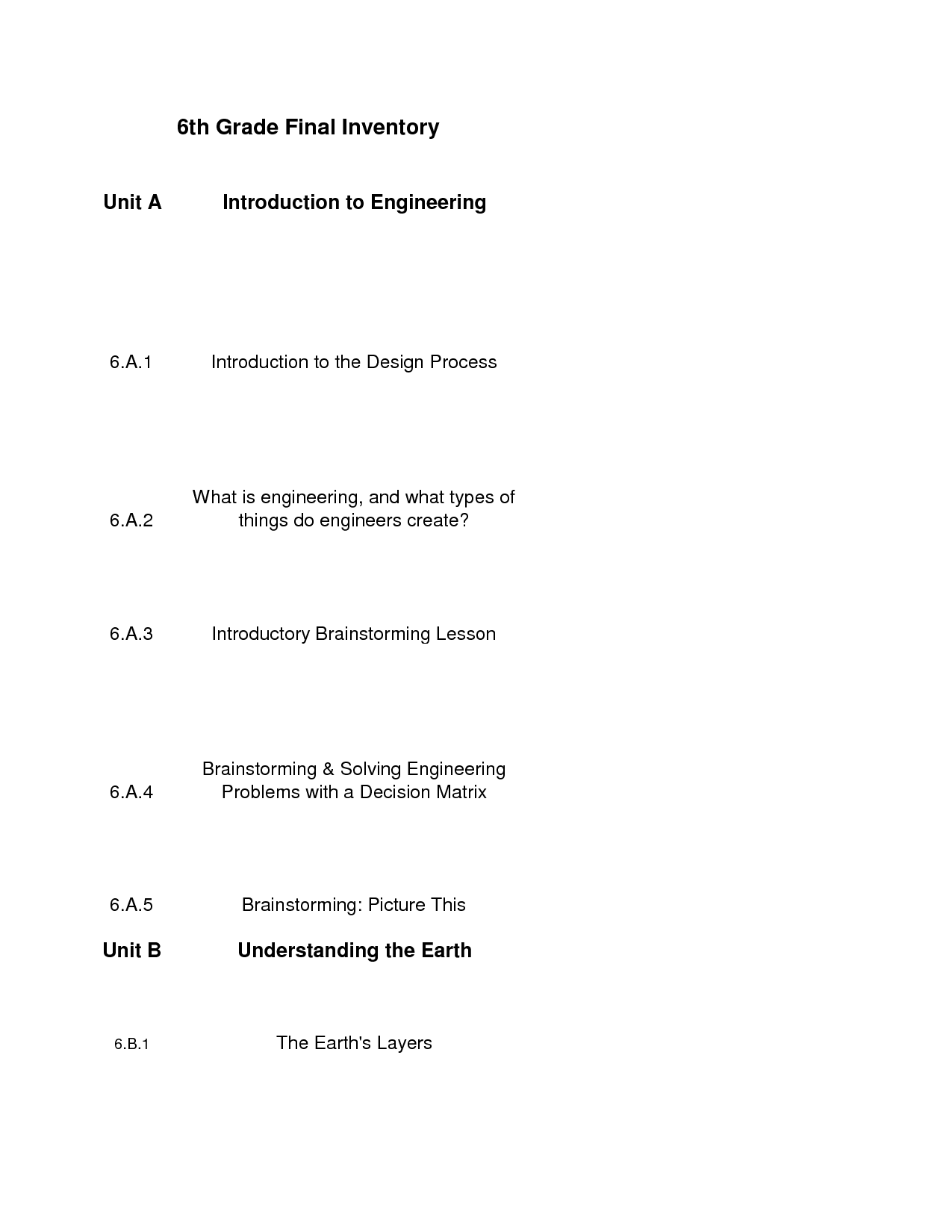
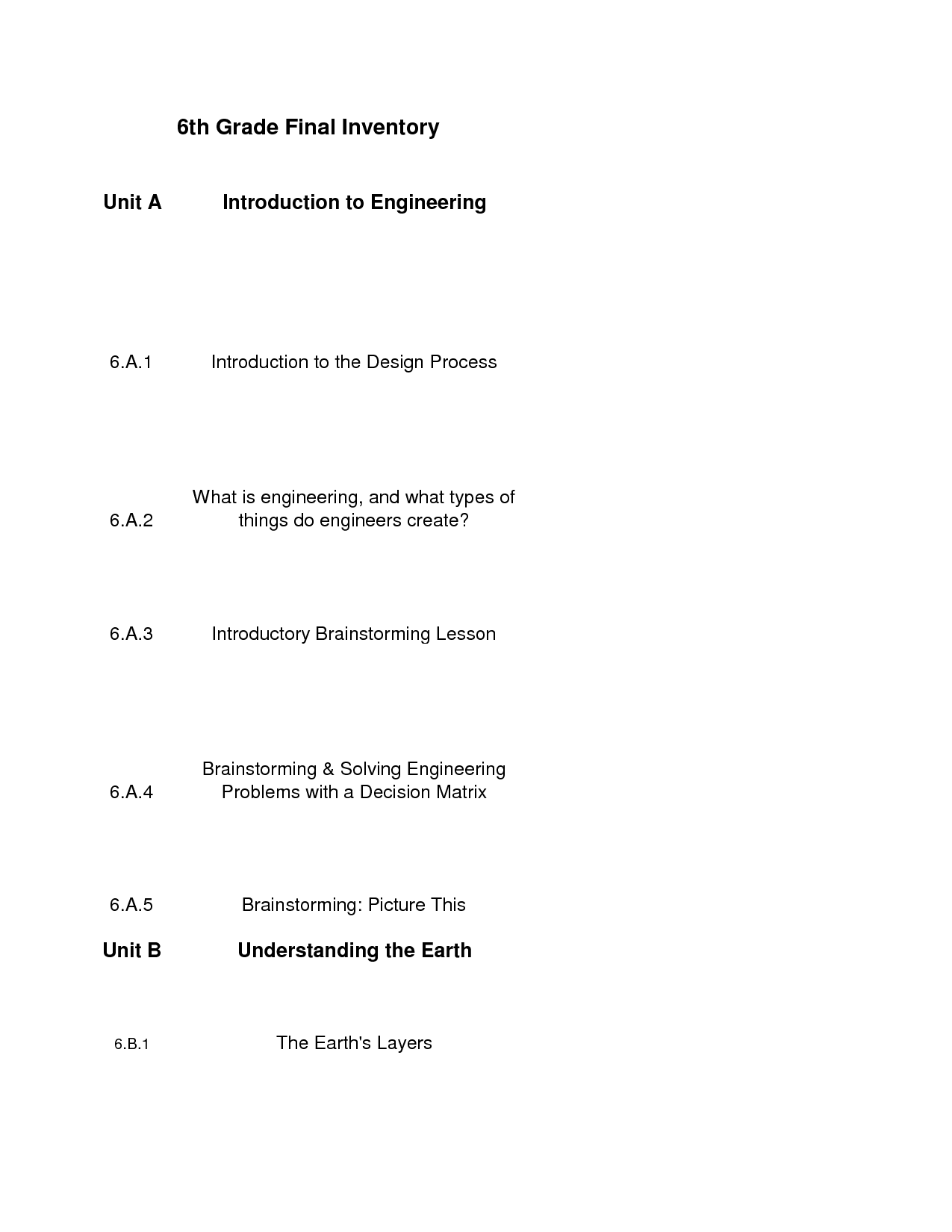
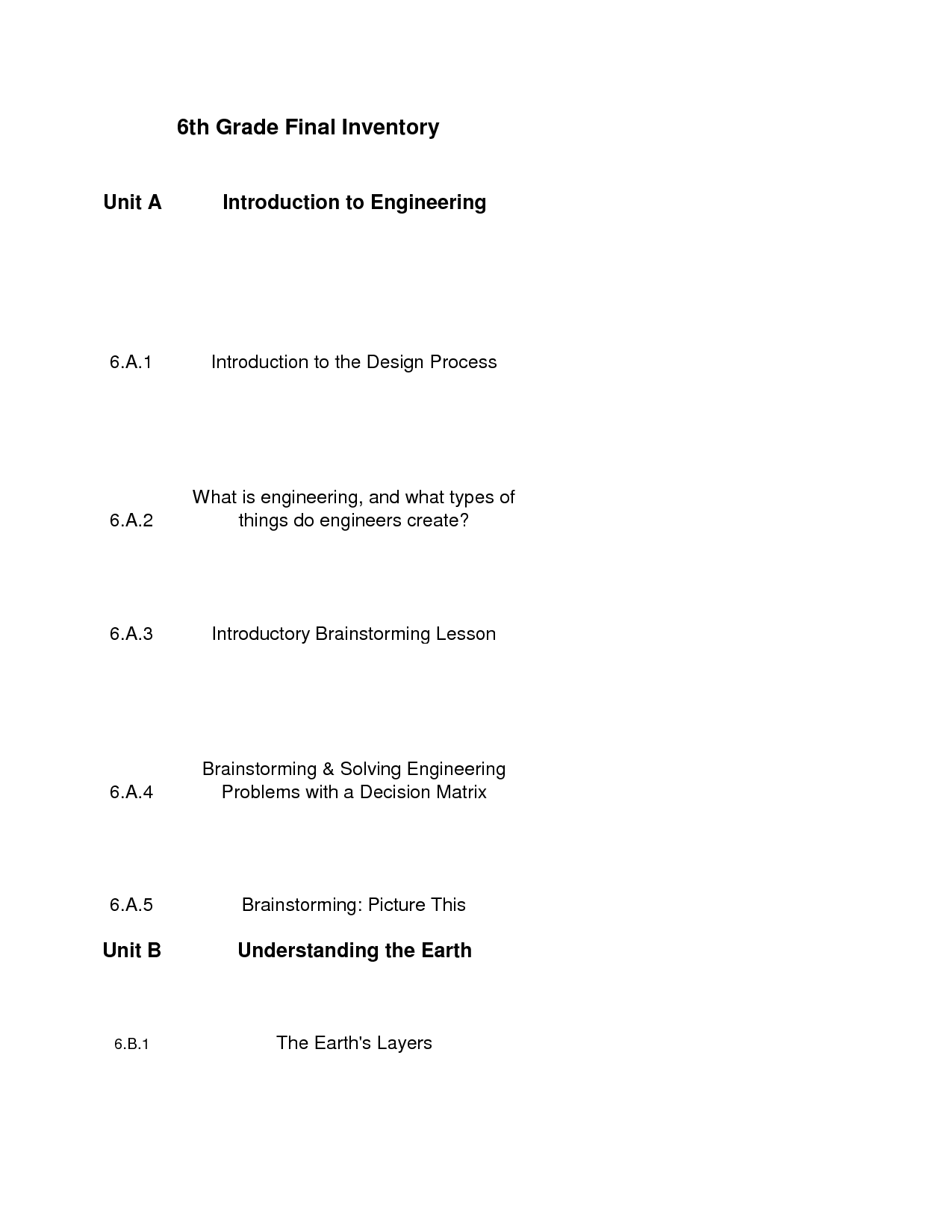

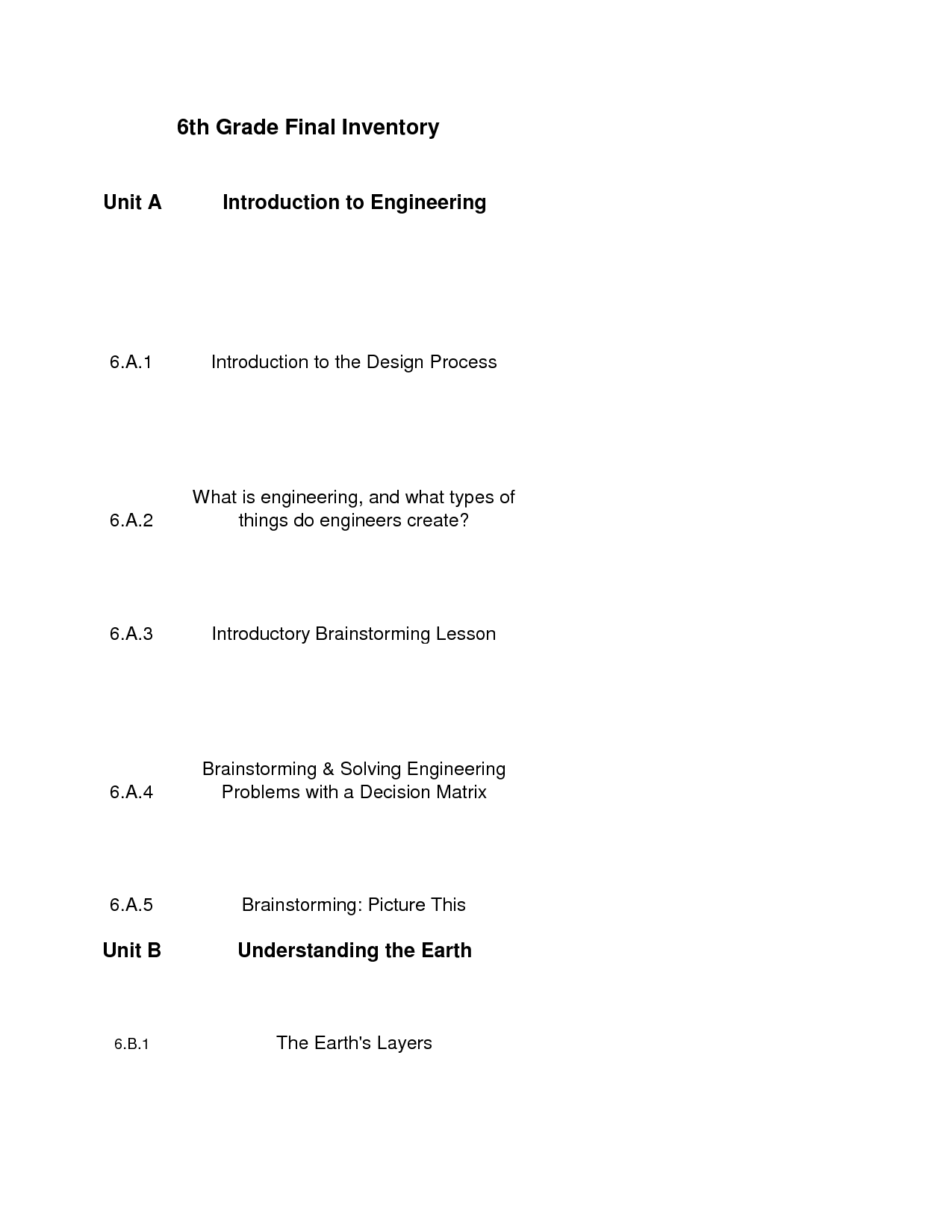
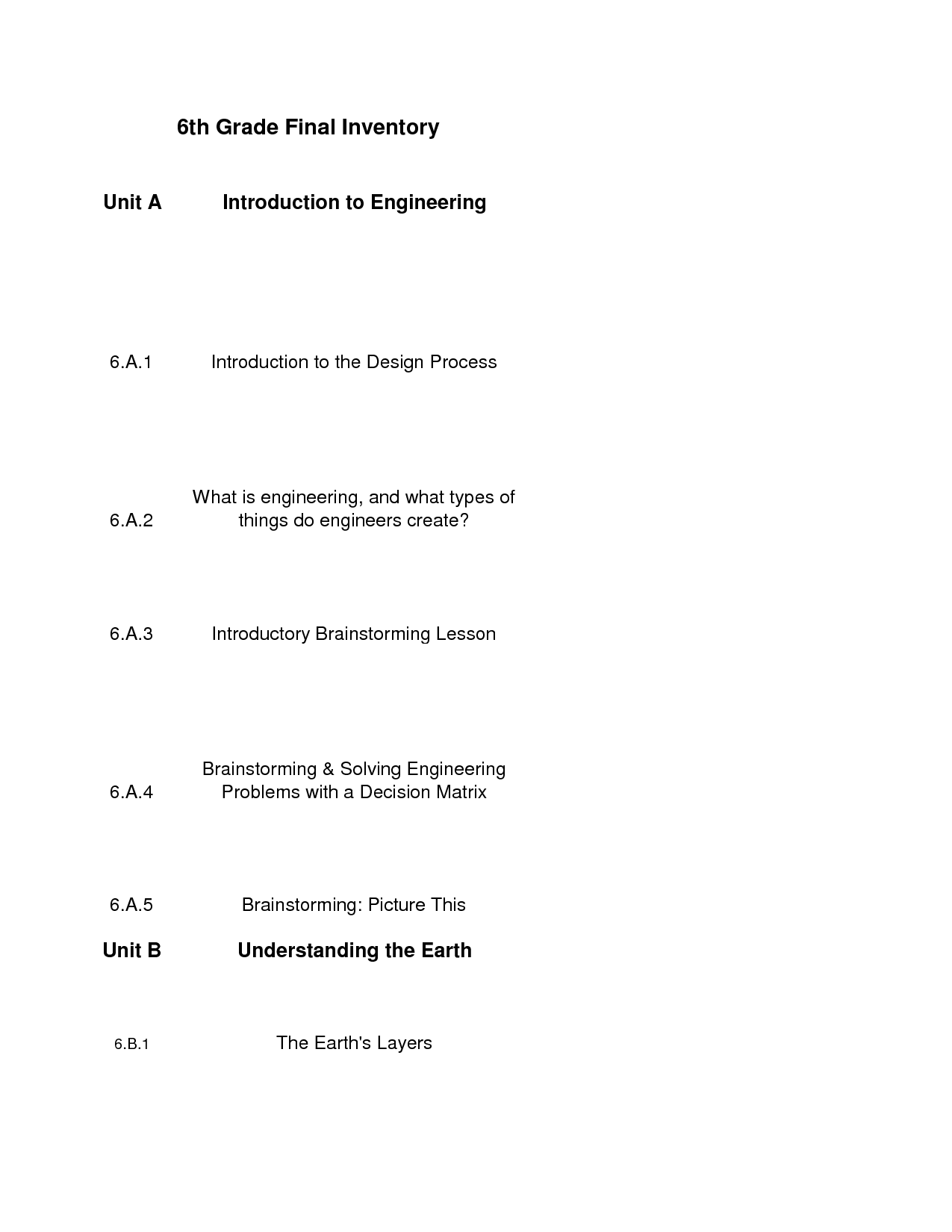
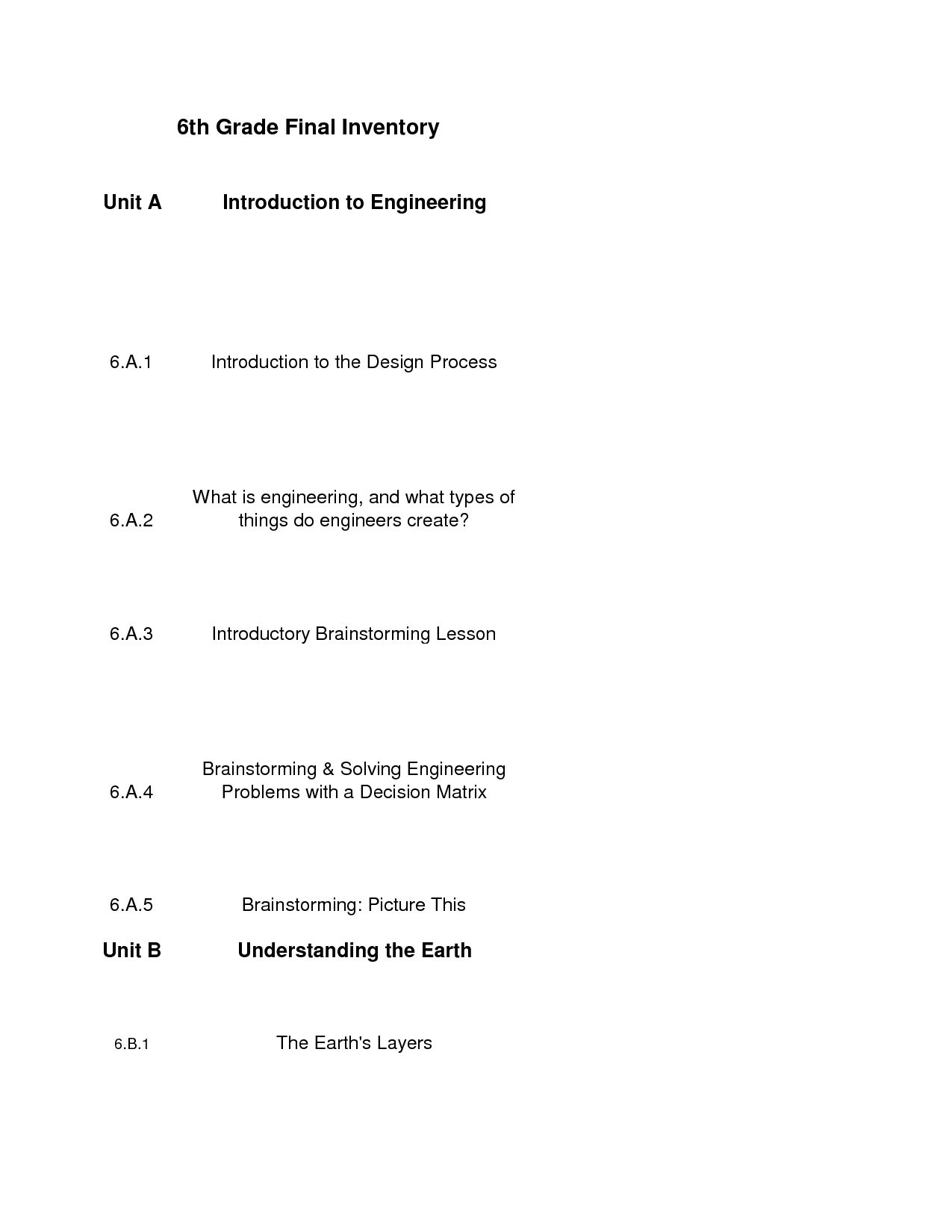
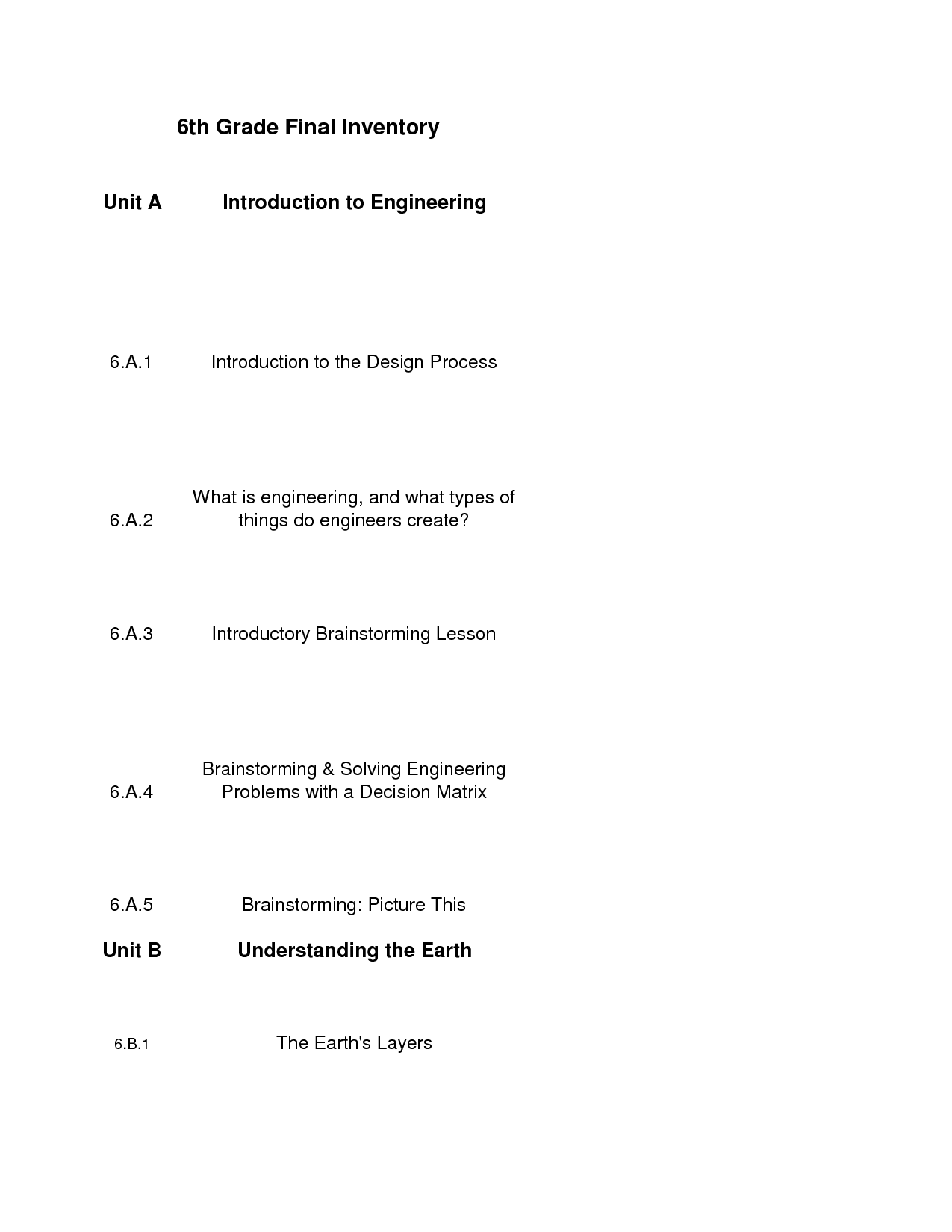

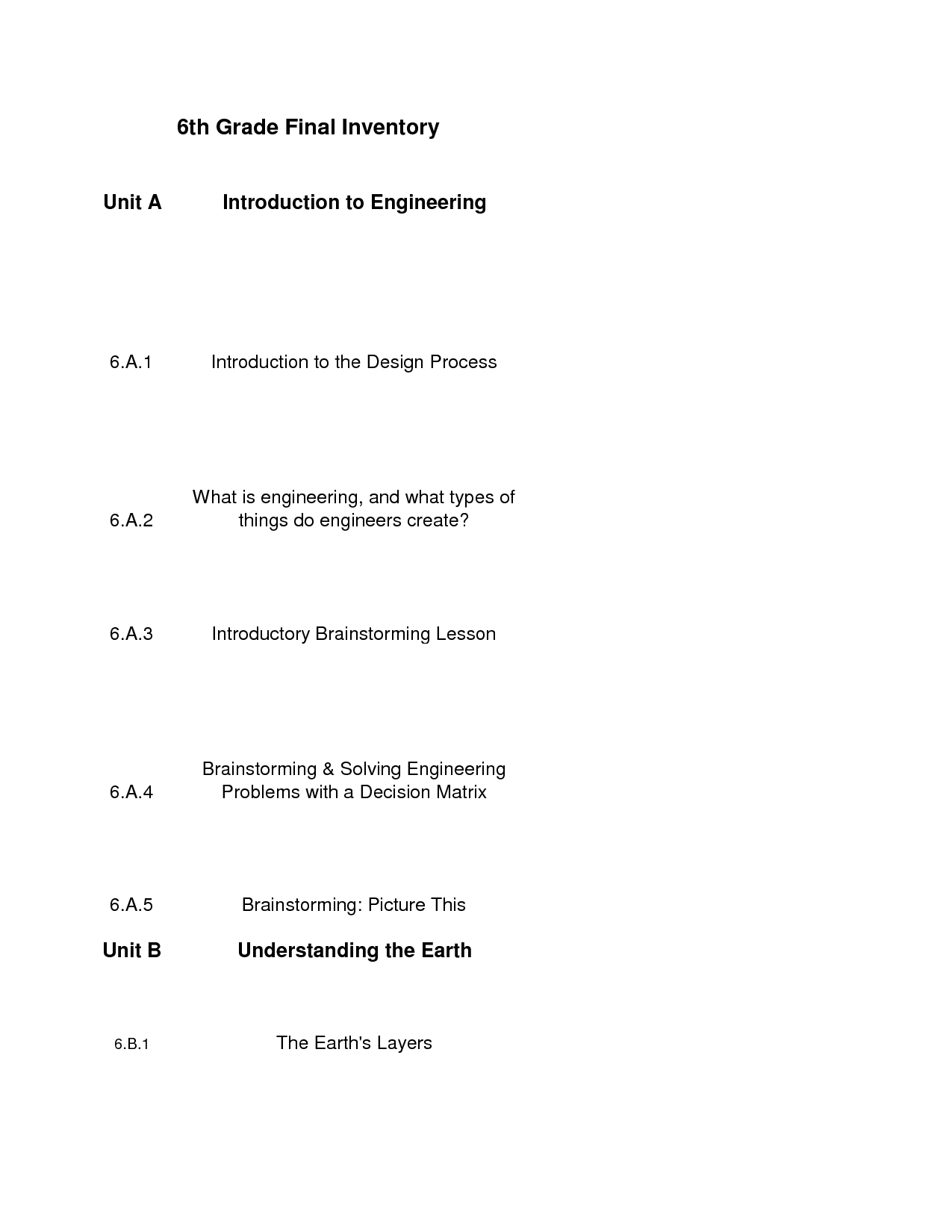
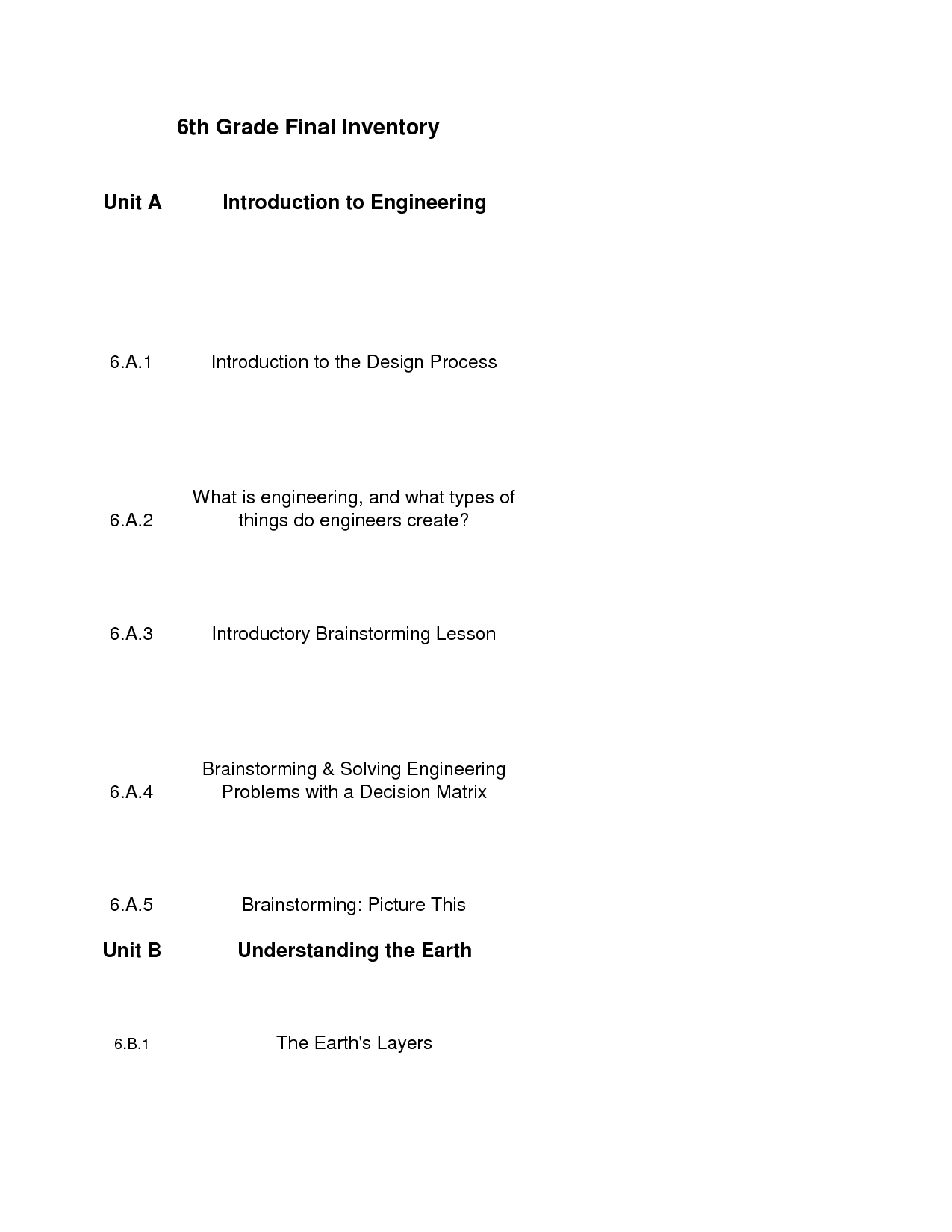
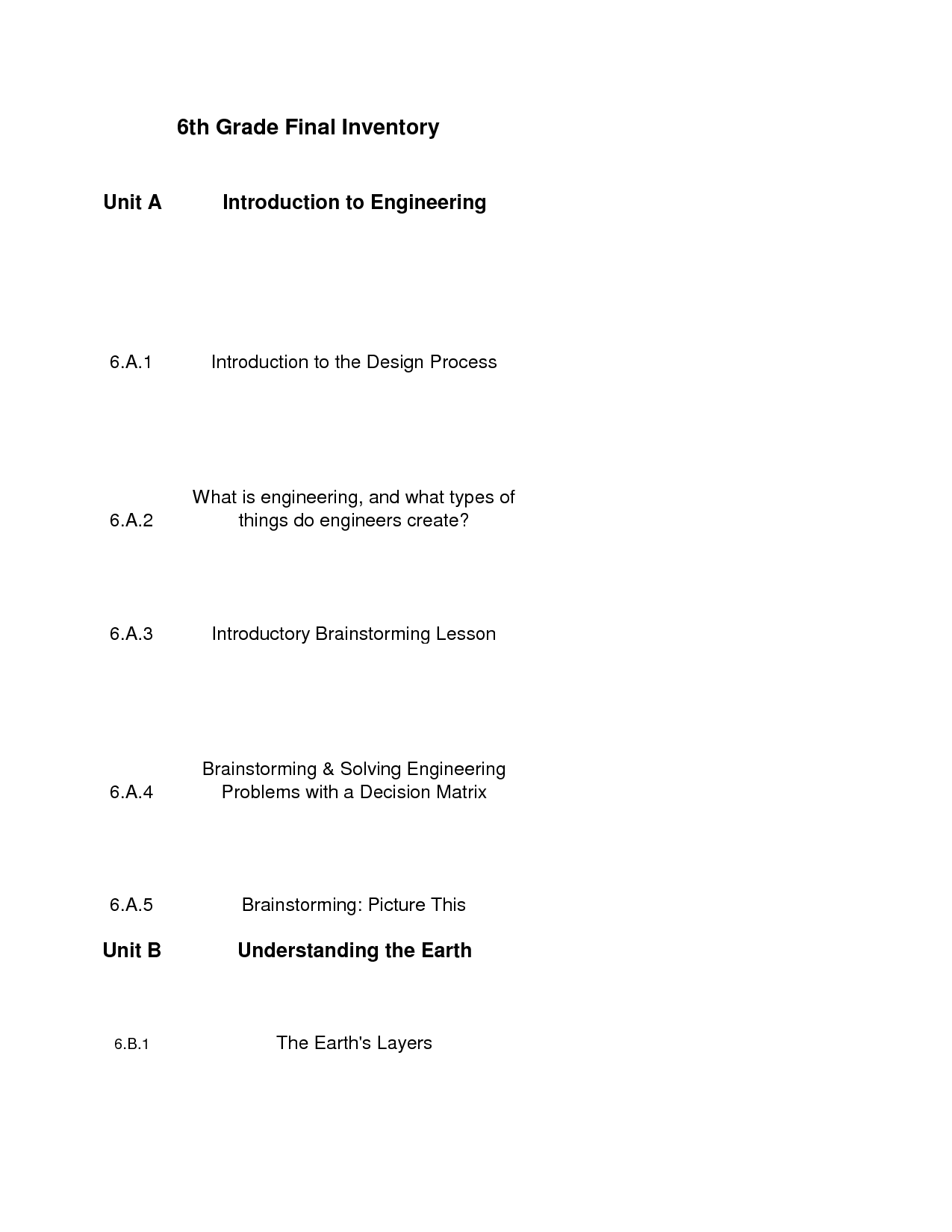














Comments